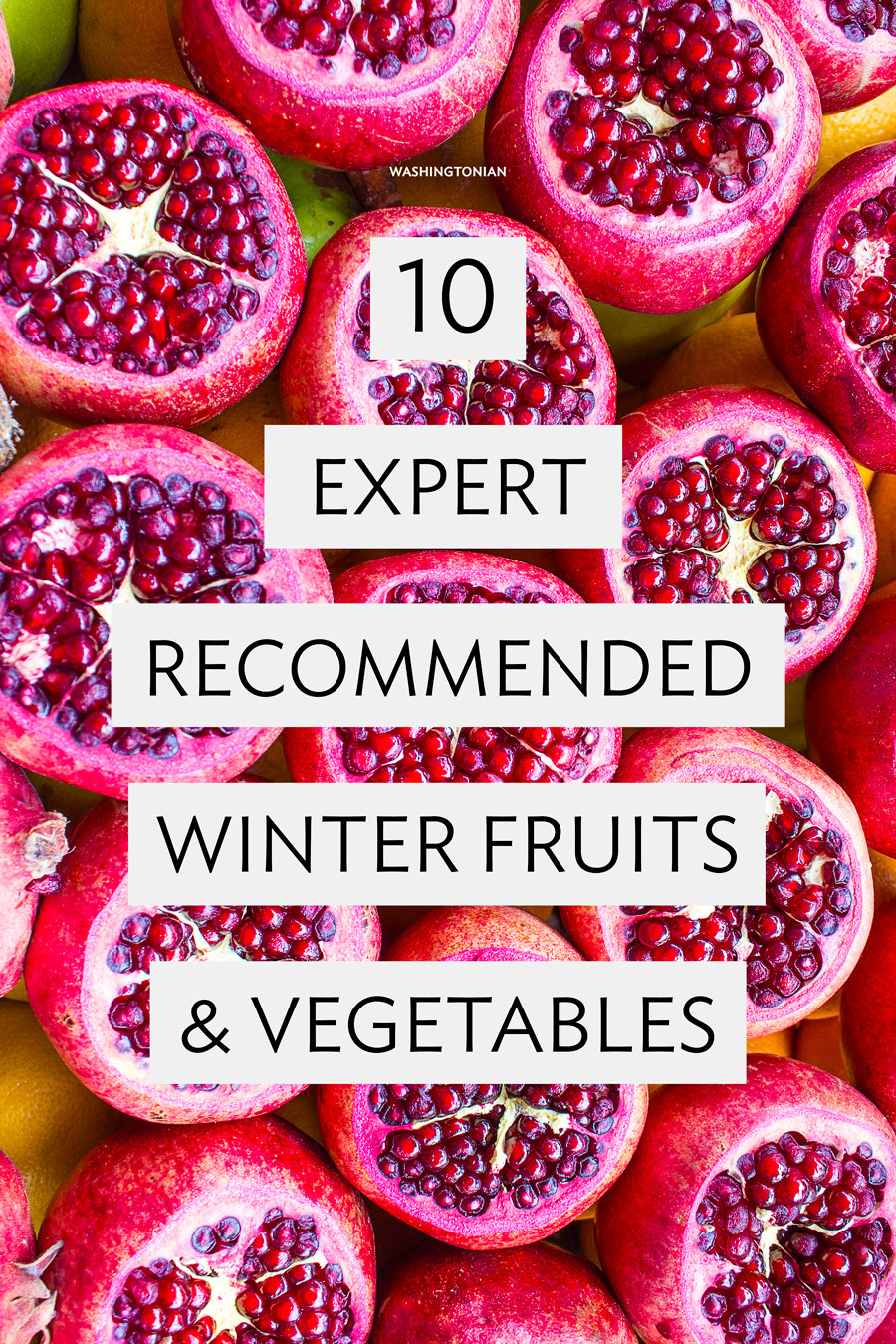If the winter season means lots of takeout for dinner, you’re missing out. To start 2013 off right, why not cook more delicious meals with in-season produce? Local nutrition experts picked their favorite winter vegetable or fruit, with some tried-and-true staples thrown into the mix. Need a little preparation inspiration? Read on for cooking and eating tips, too.
Brussels Sprouts
“They get a poor reputation,” says Kait Fortunato, but when cooked properly, Brussels sprouts are extremely flavorful. They’re rich in vitamins K and C, and promote detoxing properties.
How to eat: Roast them at 400 degrees, tossed in maple syrup, sea salt, or olive oil and balsamic vinegar.
Persimmons
Carlene Thomas says this fruit is a bright spot in the dull winter. They’re a good source of fiber and vitamin C, and help keep your skin healthy. “With their cinnamon flavor, they compliment many cozy winter meals,” says Thomas.
How to eat: Slice and add to a mixed green salad, or cook and purée to make a fruit sauce.
Pomegranates
“The tangy and sweet taste of pomegranates is one of my favorite parts of winter,” says Cheryl Harris. Research shows that their nutrients help lower the risk of heart disease, stroke, and high blood pressure.
How to eat: It takes work to cut these open, but doing it underwater will make it easier to separate out the seeds. Throw the seeds into yogurt or salad, or try them dipped in chocolate.
Kale
This leafy green is a superfood, and for good reason. Its wealth of antioxidants make it a cancer-fighting food, and it contains high amounts of vitamins K, A, C, and calcium.
How to eat: Kale is beloved because it’s so versatile. Try it in soups or salads, or baked as chips.
Grapefruit
It’s “an oldie but good,” says Robyn Webb. Grapefruits are a great source of fiber and vitamins A and C.
How to eat: Cut a pink grapefruit in half and loosen the sections. Top each half with cinnamon and a very light sprinkle of brown sugar. Place under the broiler (six inches away) and broil until lightly browned.
Broccoli
Let’s not forget about good ol’ broccoli, Shelley Alspaugh‘s favorite winter veggie. It’s rich in vitamins C and K and has anti-inflammatory benefits.
How to eat: Try it steamed or lightly boiled with fresh black pepper, olive oil, and topped with Parmesan cheese.
Clementines
They’re easily peeled, come in huge batches, and make for a great snack. They’re also a quick way to get your vitamin C during the winter, says Joy Dubost. Also good: oranges.
How to eat: Peel and eat the whole thing in one go, or throw the pieces into a salad or fruit bowl.
Leeks and Potatoes
Rima Kleiner says she can’t decide between the two, as they’re both great sources of dietary fiber. Leeks are rich in vitamins, folate, and antioxidants. While potatoes sometimes get a bad rap, they do contain vitamins B6 and potassium.
How to eat: Substitute onions for leeks in your next recipe, or try a potato-and-leek soup. Add potatoes, leeks, and fennel to a crock pot with low-sodium broth, olive oil, and some fennel seeds. Purée after cooking and serve with a dollop of nonfat, plain Greek yogurt.
Parsnips
Parsnips look like carrots, but the root vegetables are actually more similar to potatoes, explains Danielle Omar. They have a mildly sweet flavor and contain high amounts of fiber, vitamin C, potassium, and folic acid.
How to eat: Parnships can be baked, roasted, or sautéed. Or try steaming them for a parsnip mash or making parsnip chips.
Celery Root
Don’t judge this winter vegetable, also known as celeriac, by its ugly exterior, says Jared Rice. It’s free of fat and cholesterol, and low in carbohydrates and sodium. “It’s incredibly warming for cold-weather cooking, and the refreshing smell and flavor reminds me a bit of a wood-burning fire,” Rice says.
How to eat: Purée it into a soup with sautéed leeks, white beans, and fresh sage, and top with chopped chives.



















